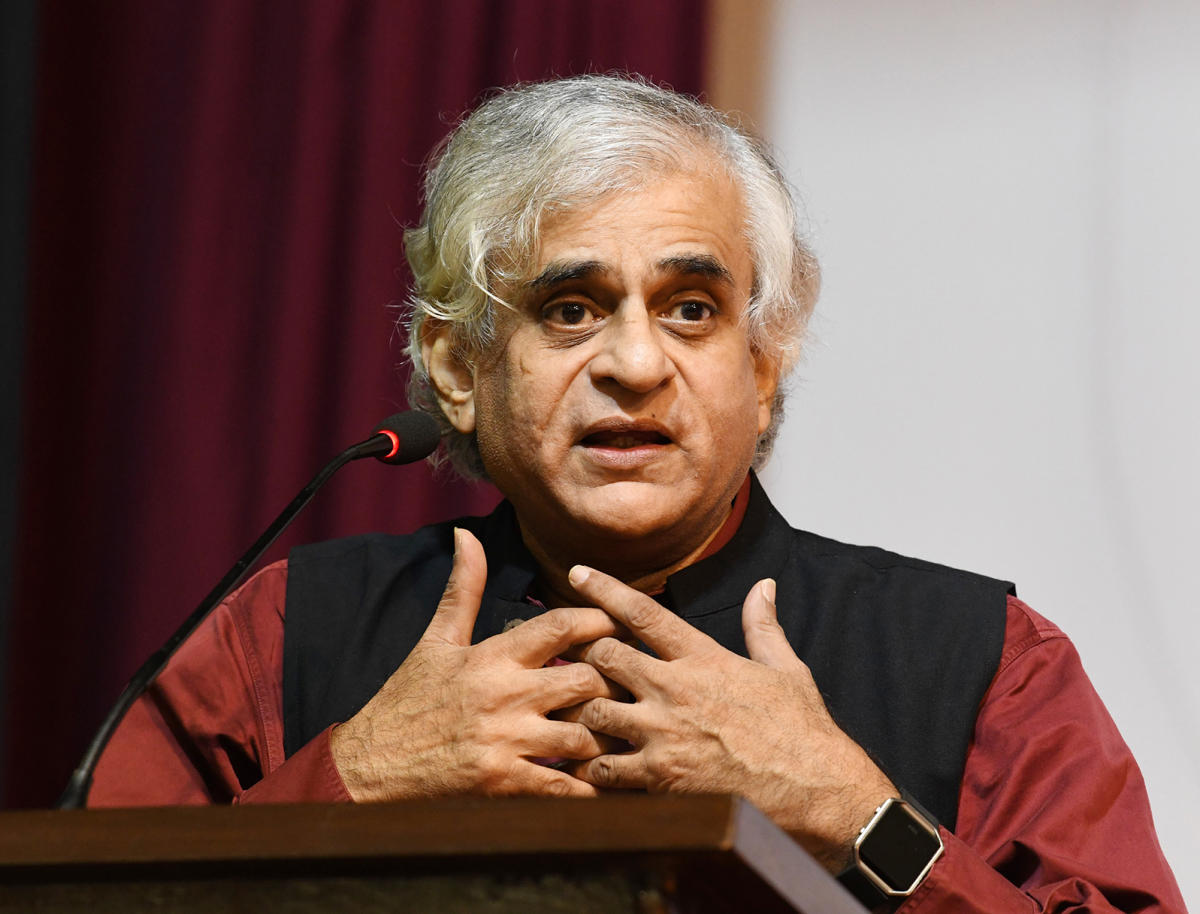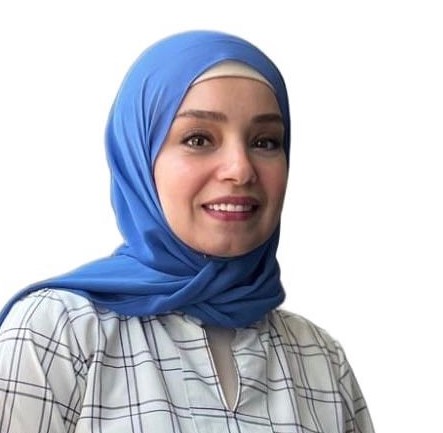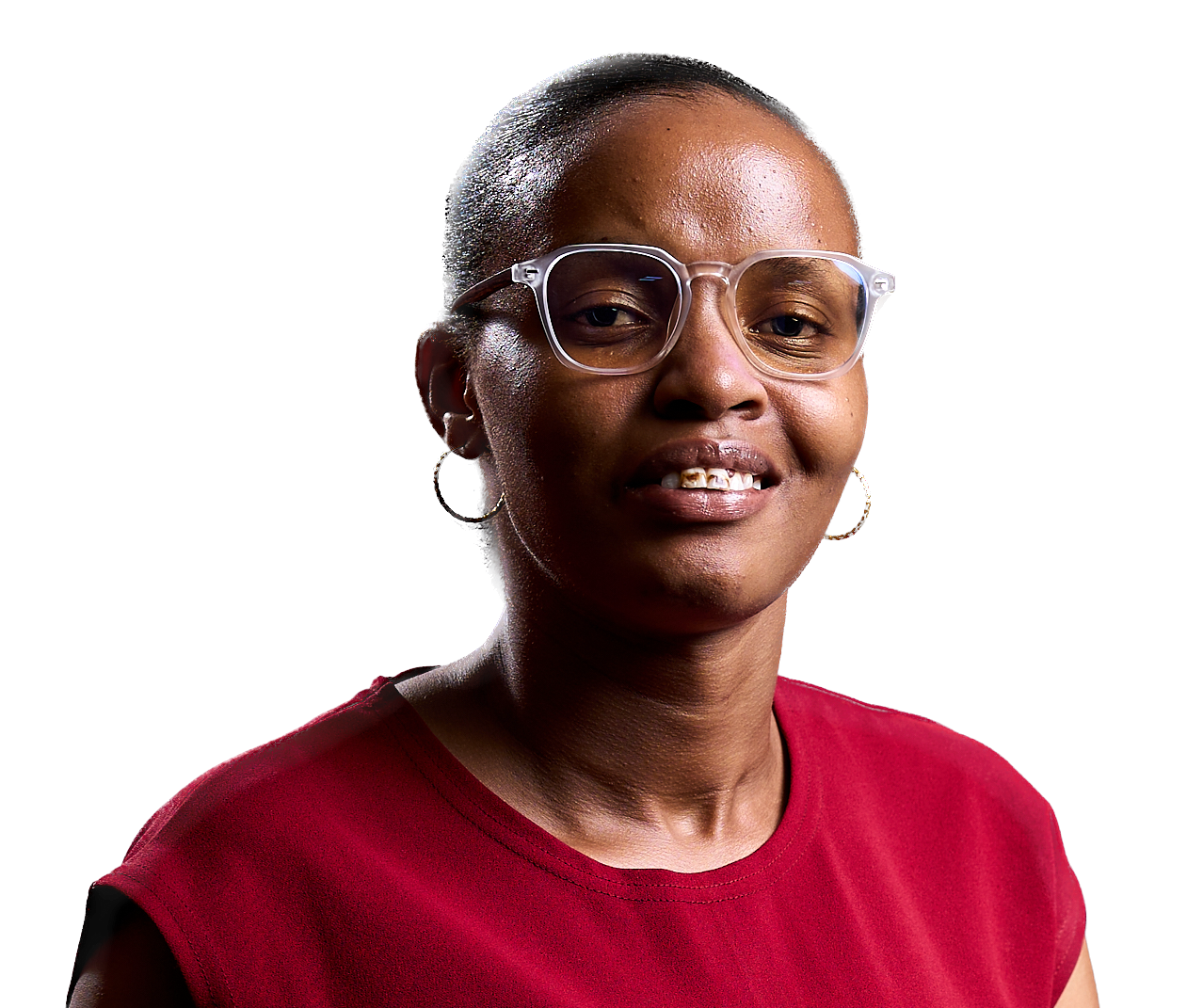
The media, with its reach and influence, has a critical role to play in bridging the gap between individuals on the frontlines, already dealing with climate impacts, and national and global policymakers with the power to support them meaningfully. Equally, local actors need to be informed of national and global support for their adaptation efforts. The media can help cross-fertilize locally led adaptation solutions between communities across the world who face the same climate threats.
In 2022, the Global Center on Adaptation, with Thomson Reuters Foundation, offered training to 12 select multimedia journalists to deepen their understanding of the impacts of climate change on the lives of people, and why local leadership is key to developing responses. The training helped them learn how to report these stories with sensitivity, and in ways that are more impactful.
"We made a desert and called it development."
Watch Award-winning journalist P. Sainath's lecture during the training, on why climate change is a human rights and survival issue, the dangers of climate apartheid, and the role of journalists in reporting the local impacts of climate change with sensitivity. "The people you hope to cover have a wealth of knowledge and information that is not to be scoffed at," he reminded trainees, while sharing stories and experiences of journalists writing on climate-related issues for the People's Archive of Rural India.
"Lack of local engagement and leadership can lead to failed or less effective adaptation investments."
Saleemul Huq explains the history and rationale of Locally Led Adaptation.
GUEST SPEAKERS














